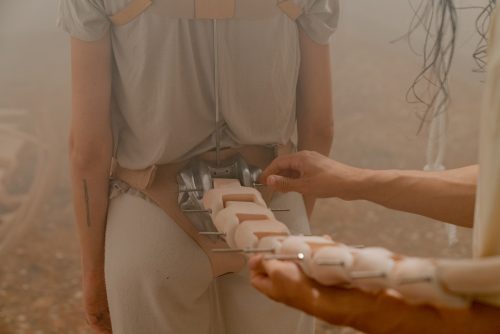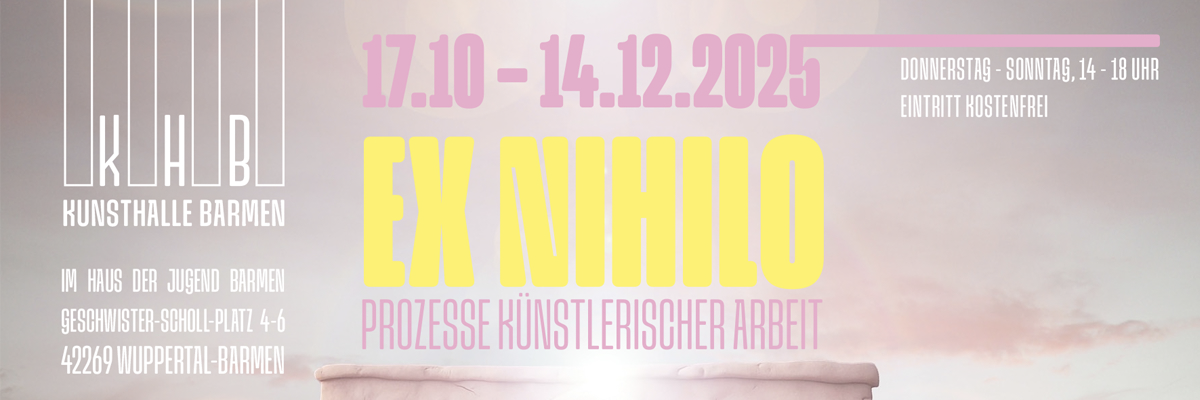
Francesco Pacelli
Stones and Stars and Spells
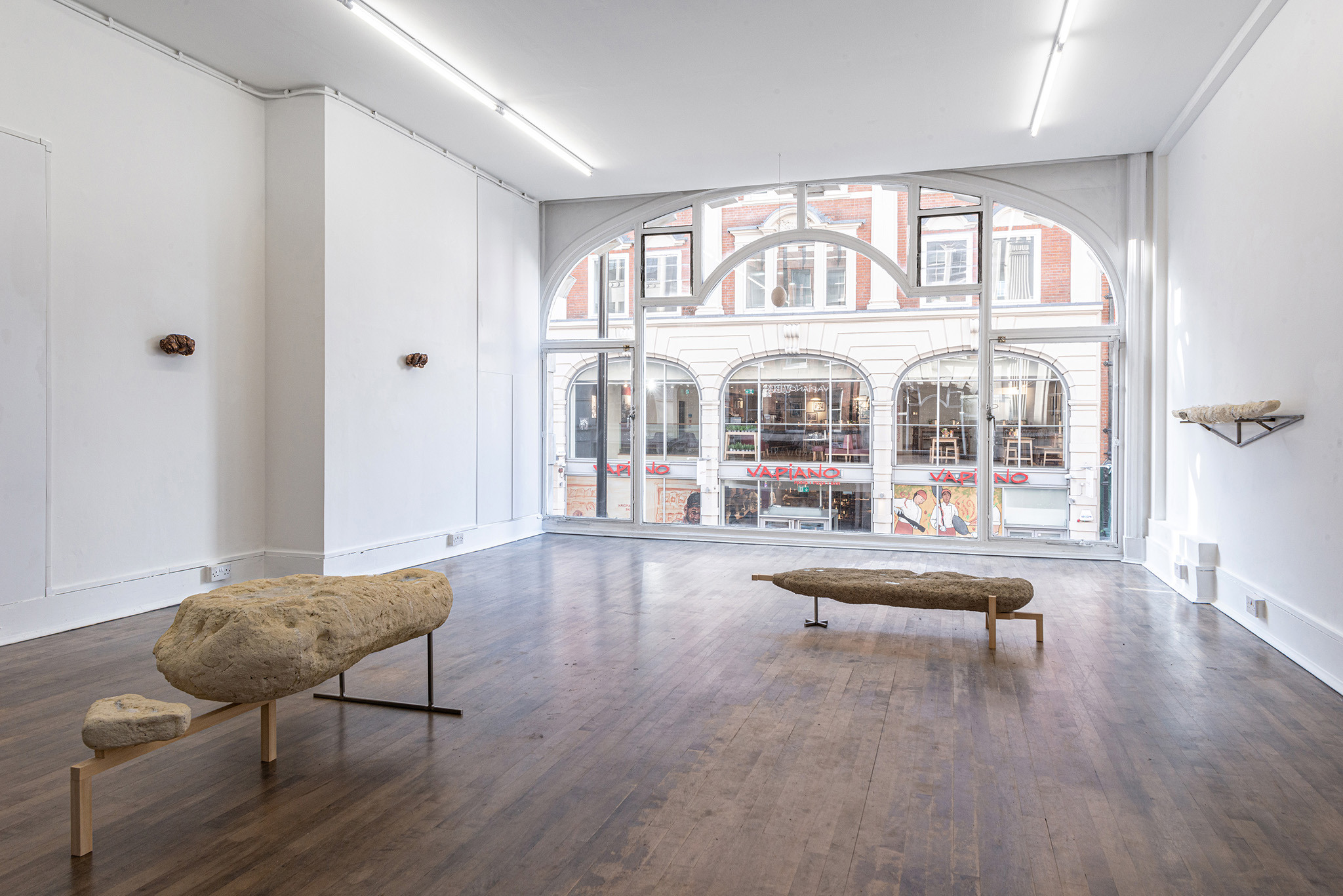
Stones and stars and spells, installation view_Francesco Pacelli at DES BAINS London_ph credits StudioAdamson
Advertisement
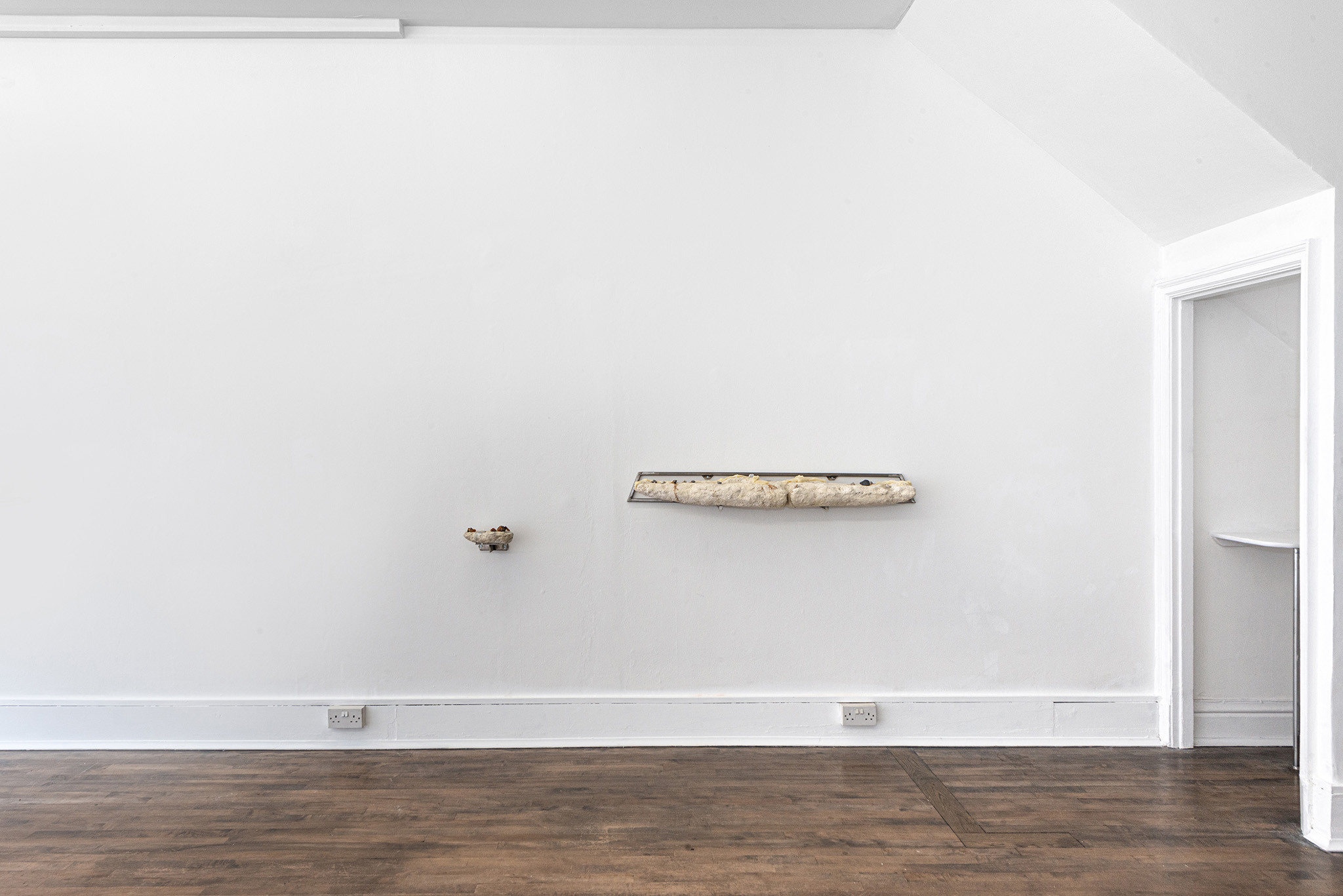
Stones and stars and spells, installation view_Francesco Pacelli at DES BAINS London_ph credits StudioAdamson
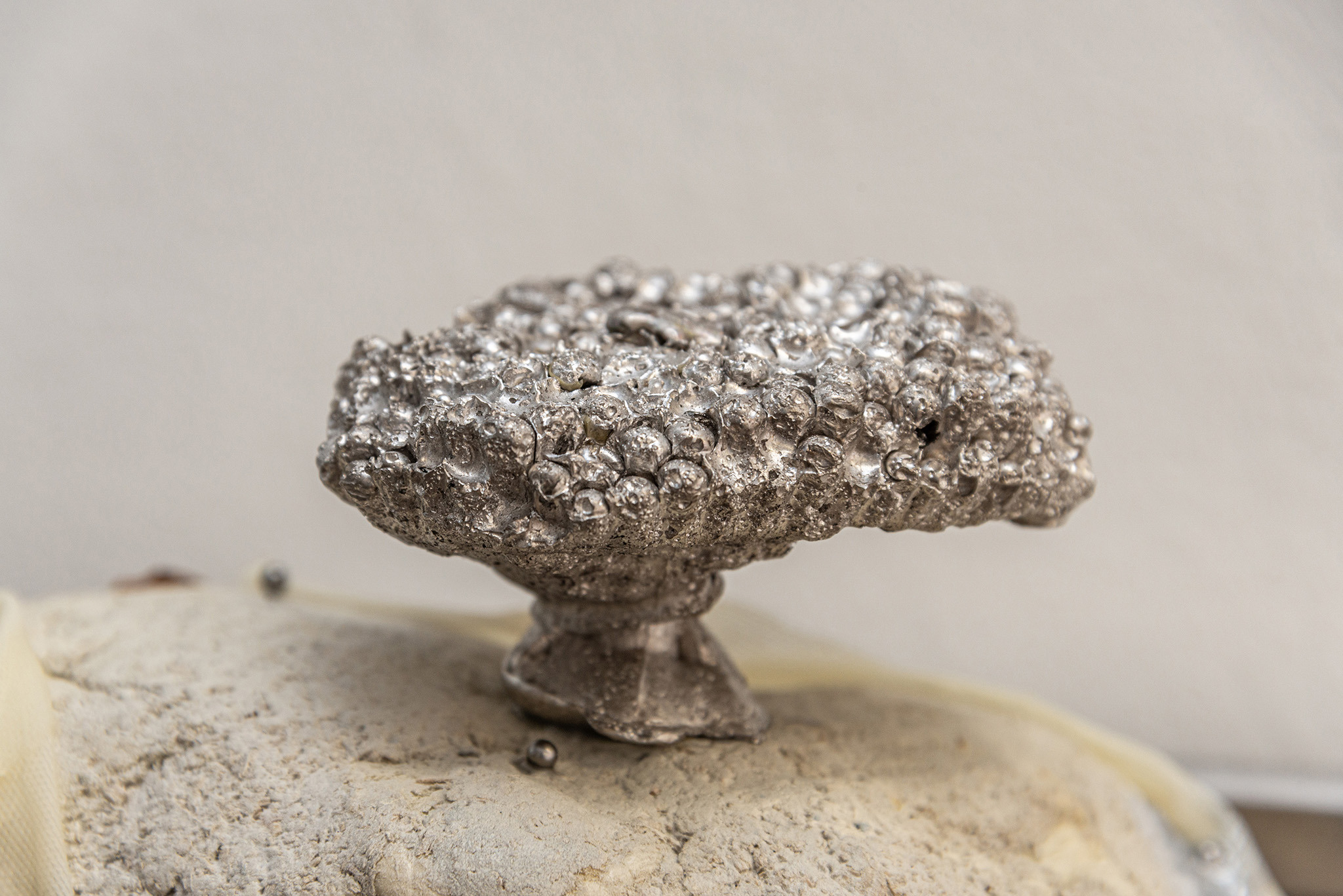
Utopias (silent sulfuric path), detail_ from Stones and stars and spells_Francesco Pacelli at Des Bains London_ ph credits StudioAdamson
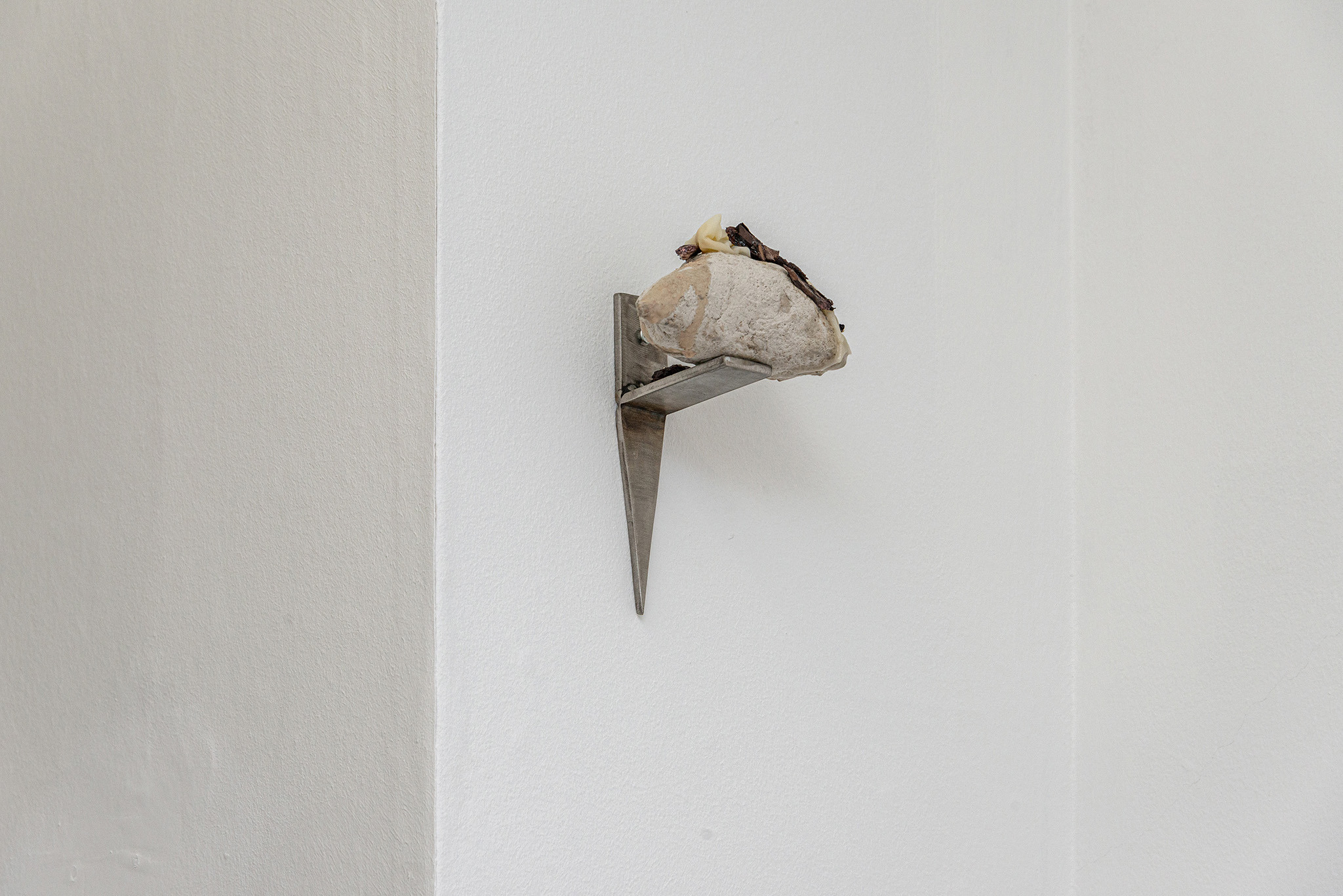
Utopias (tenebroso or invisible fire) _ from Stones and stars and spells_Francesco Pacelli at Des Bains London_ ph credits StudioAdamson

Utopias (distraction and dispersion), detail_ from Stones and stars and spells_Francesco Pacelli at Des Bains London_ ph credits StudioAdamson
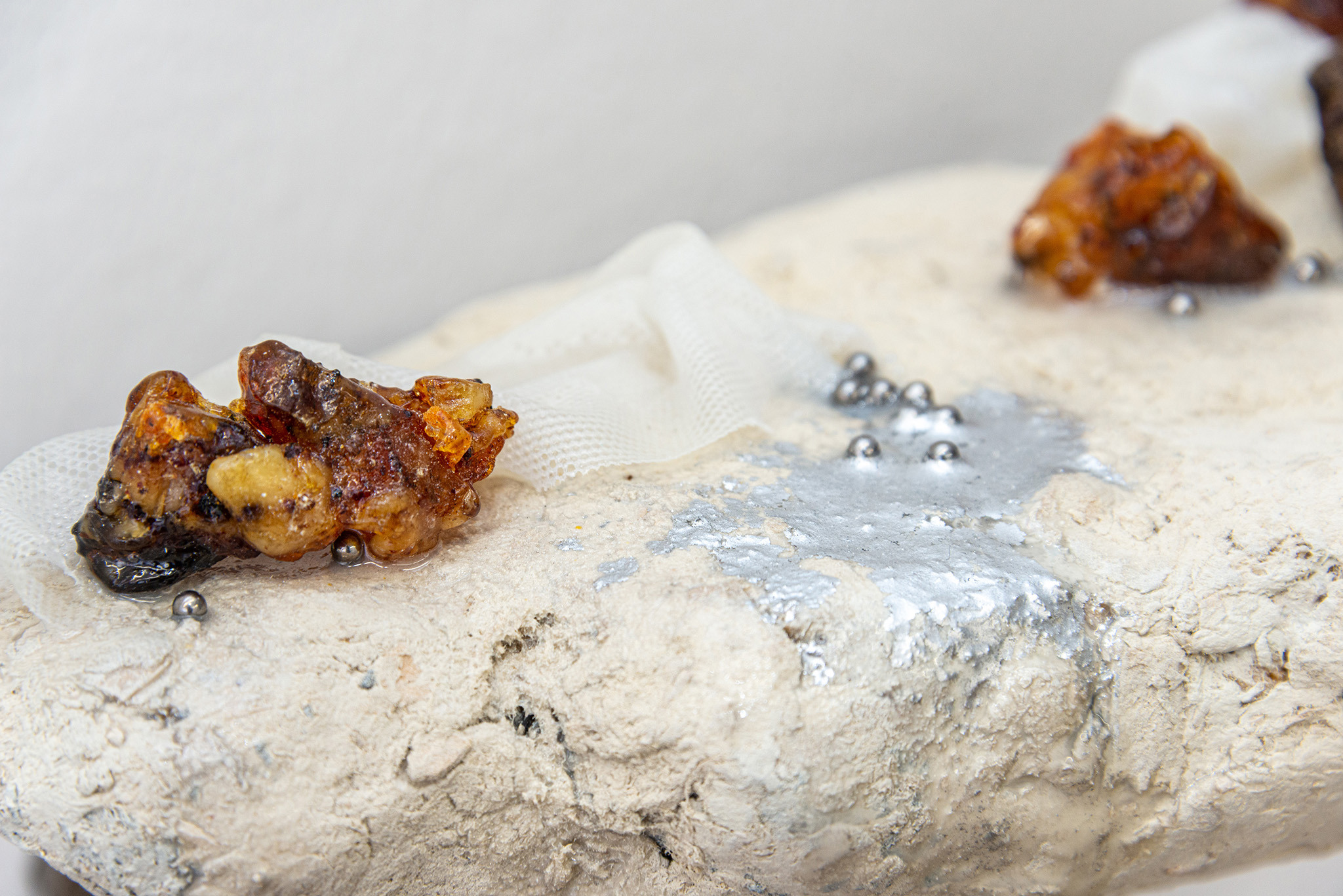
Utopias (joyous black hole), detail_ from Stones and stars and spells_Francesco Pacelli at Des Bains London_ ph credits StudioAdamson

Utopias (floating hermeticus) _ from Stones and stars and spells_Francesco Pacelli at Des Bains London_ ph credits StudioAdamson
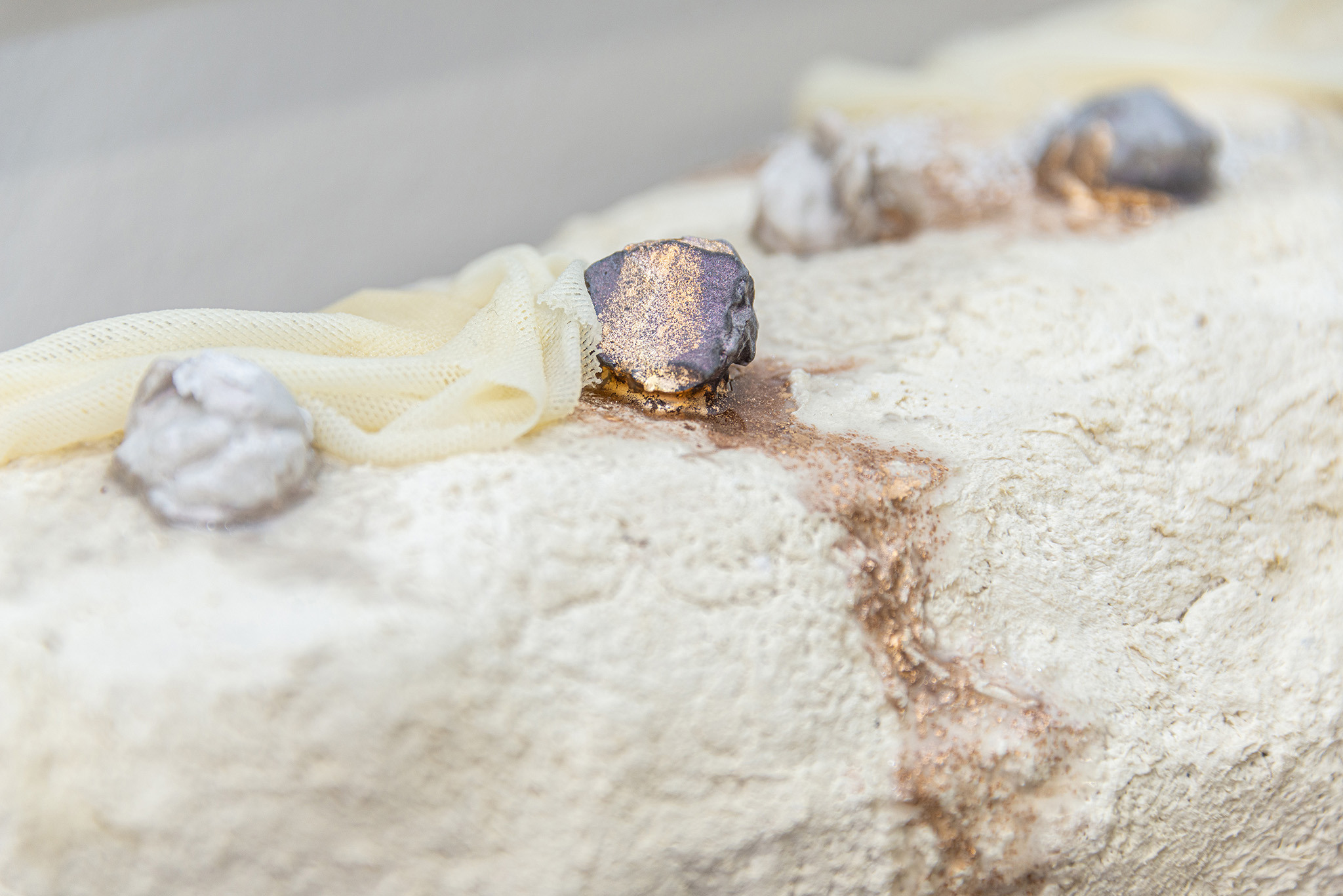
Utopias (floating hermeticus), detail_ from Stones and stars and spells_Francesco Pacelli at Des Bains London_ ph credits StudioAdamson

Utopias (intuition of broken cities) _ from Stones and stars and spells_Francesco Pacelli at Des Bains London_ ph credits StudioAdamson
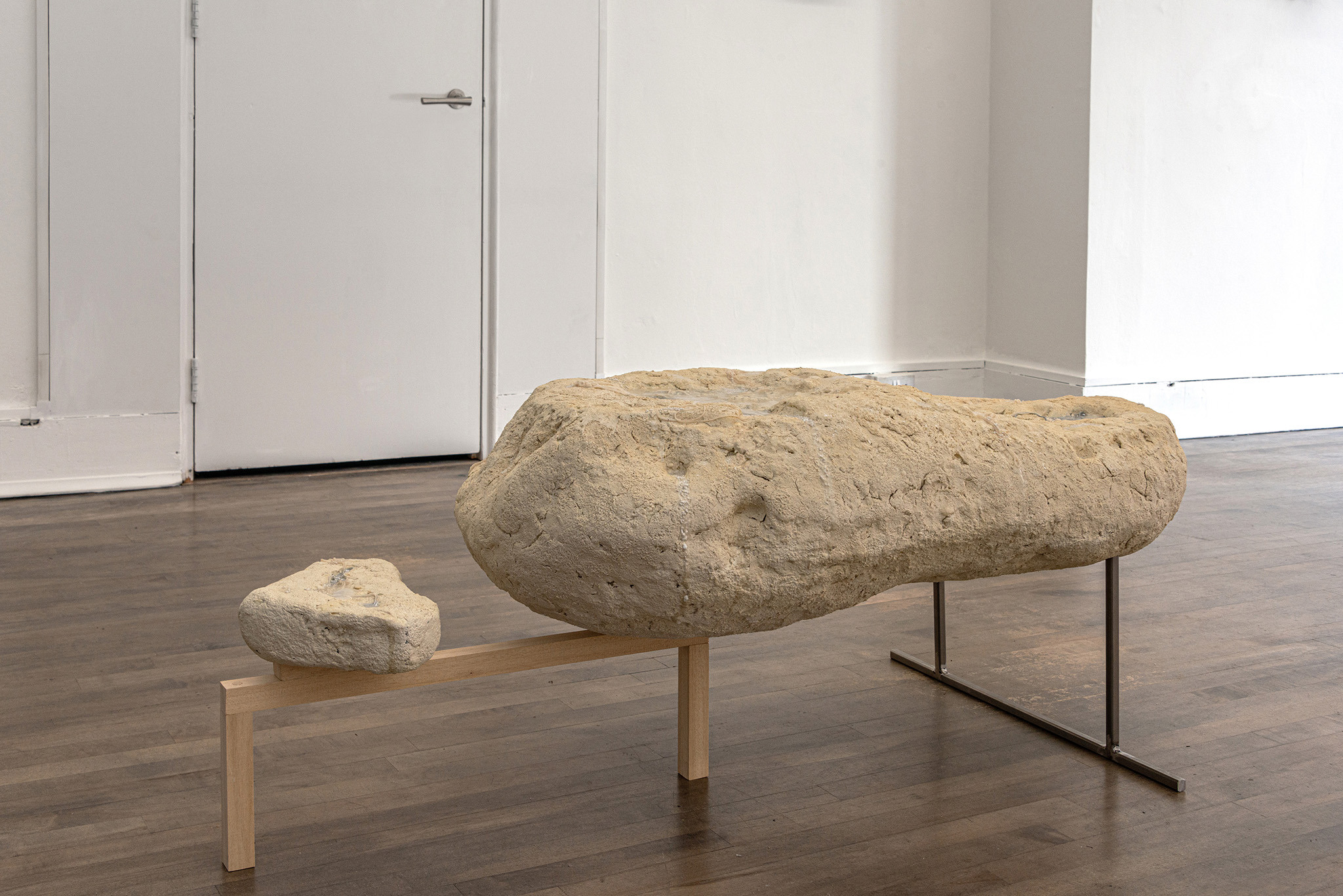
Utopias (wax wings and golden shadows) _ from Stones and stars and spells_Francesco Pacelli at Des Bains London_ ph credits StudioAdamson

Utopias (wax wings and golden shadows), detail_ from Stones and stars and spells_Francesco Pacelli at Des Bains London_ ph credits StudioAdamson
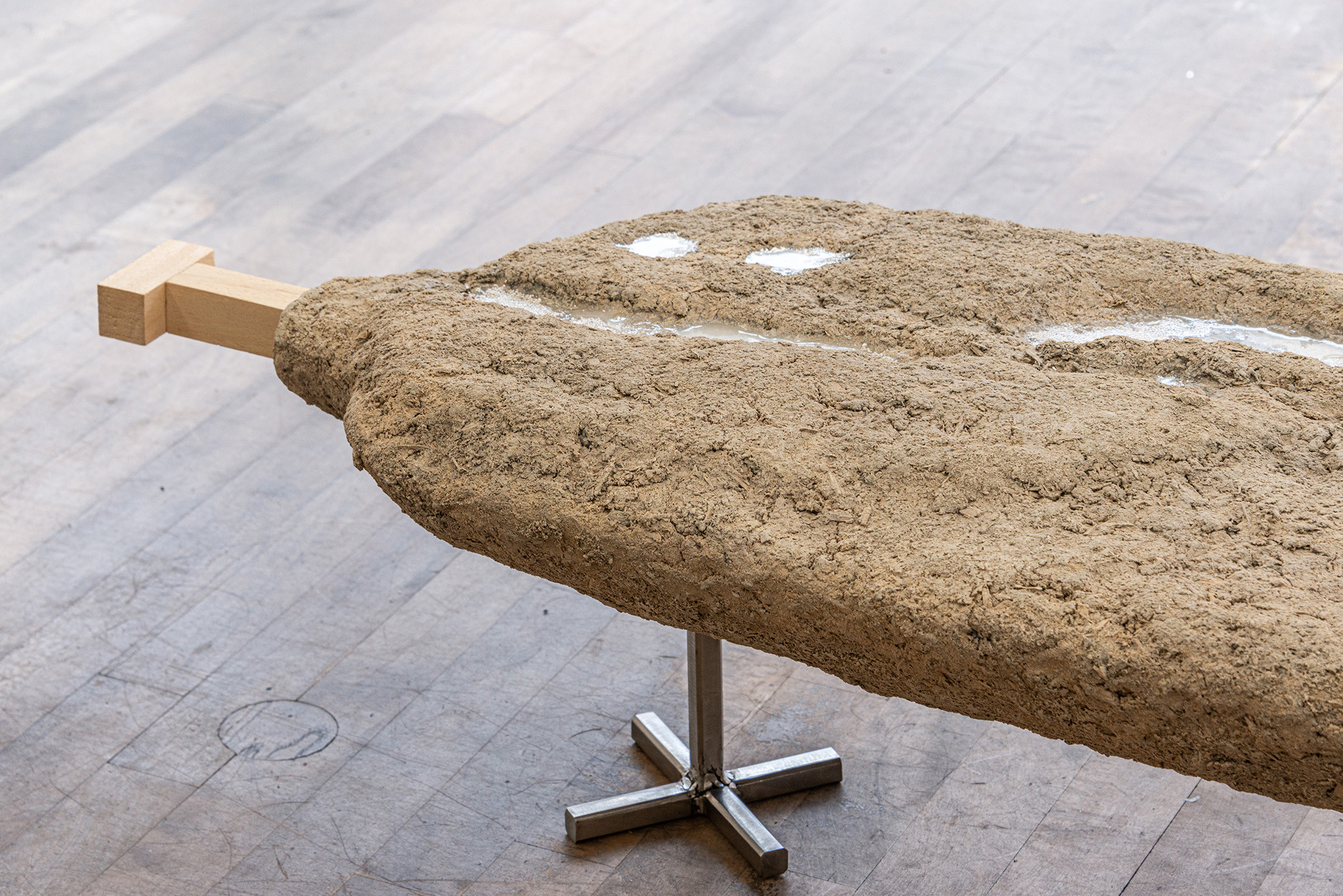
Utopias (young non immortal thoughts), detail_ from Stones and stars and spells_Francesco Pacelli at Des Bains London_ ph credits StudioAdamson

Utopias (young non immortal thoughts) _ from Stones and stars and spells_Francesco Pacelli at Des Bains London_ ph credits StudioAdamson
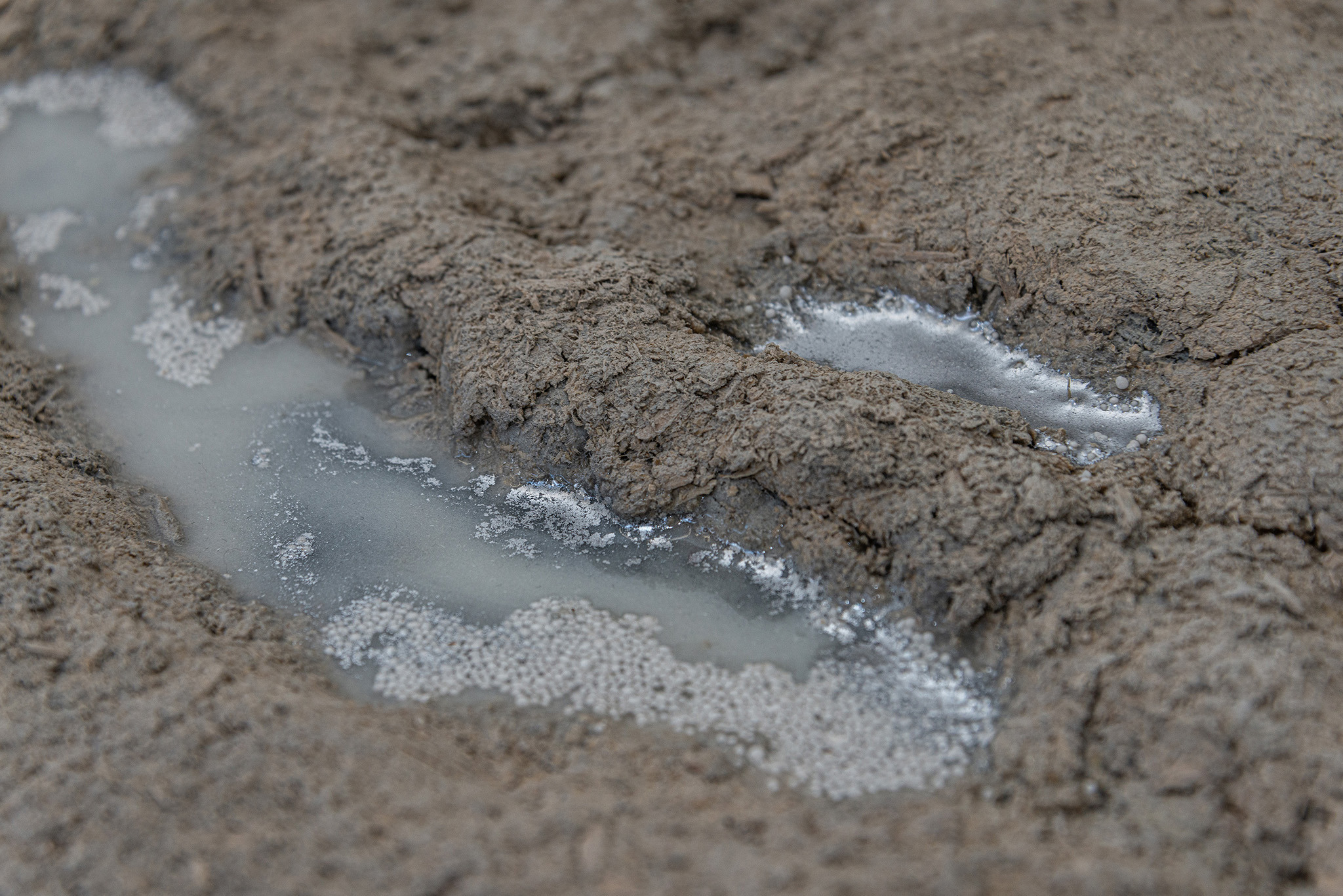
Utopias (young non immortal thoughts), detail_ from Stones and stars and spells_Francesco Pacelli at Des Bains London_ ph credits StudioAdamson

Utopias (young non immortal thoughts), detail_ from Stones and stars and spells_Francesco Pacelli at Des Bains London_ ph credits StudioAdamson
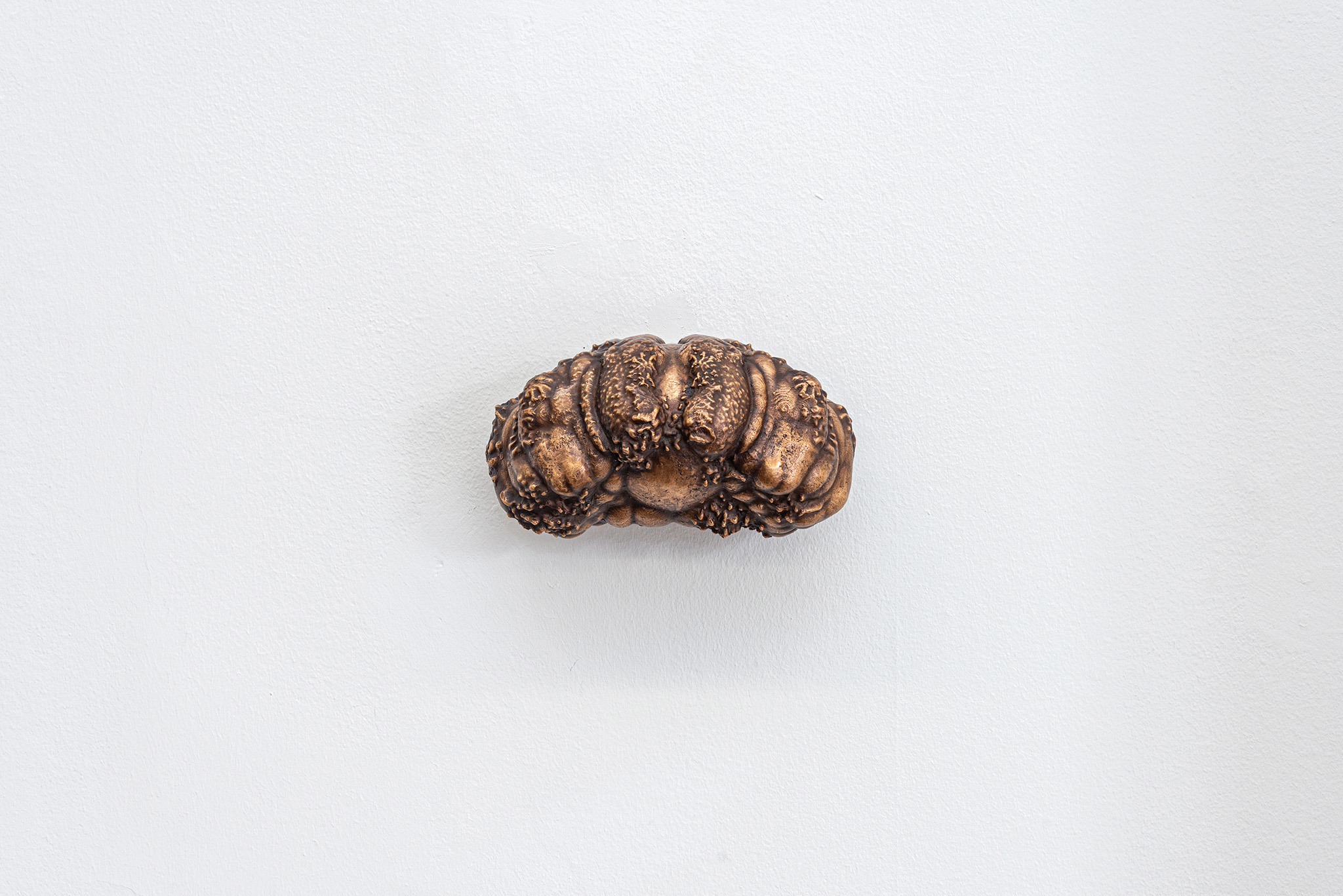
Some things need an impulse to move (I) _ from Stones and stars and spells_Francesco Pacelli at Des Bains London_ ph credits StudioAdamson
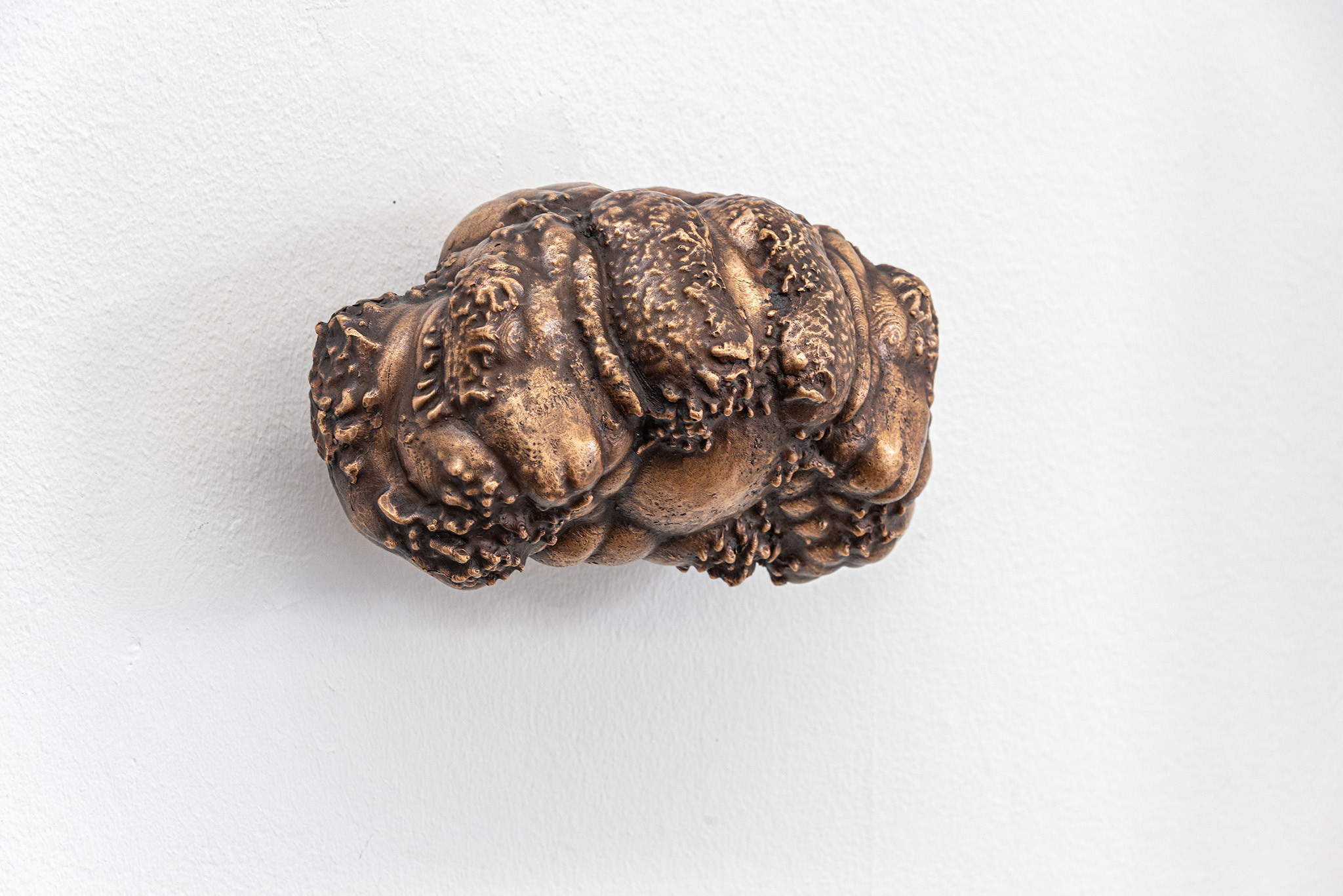
Some things need an impulse to move (I) _ from Stones and stars and spells_Francesco Pacelli at Des Bains London_ ph credits StudioAdamson

Some things need an impulse to move (II) _ from Stones and stars and spells_Francesco Pacelli at Des Bains London_ ph credits StudioAdamson
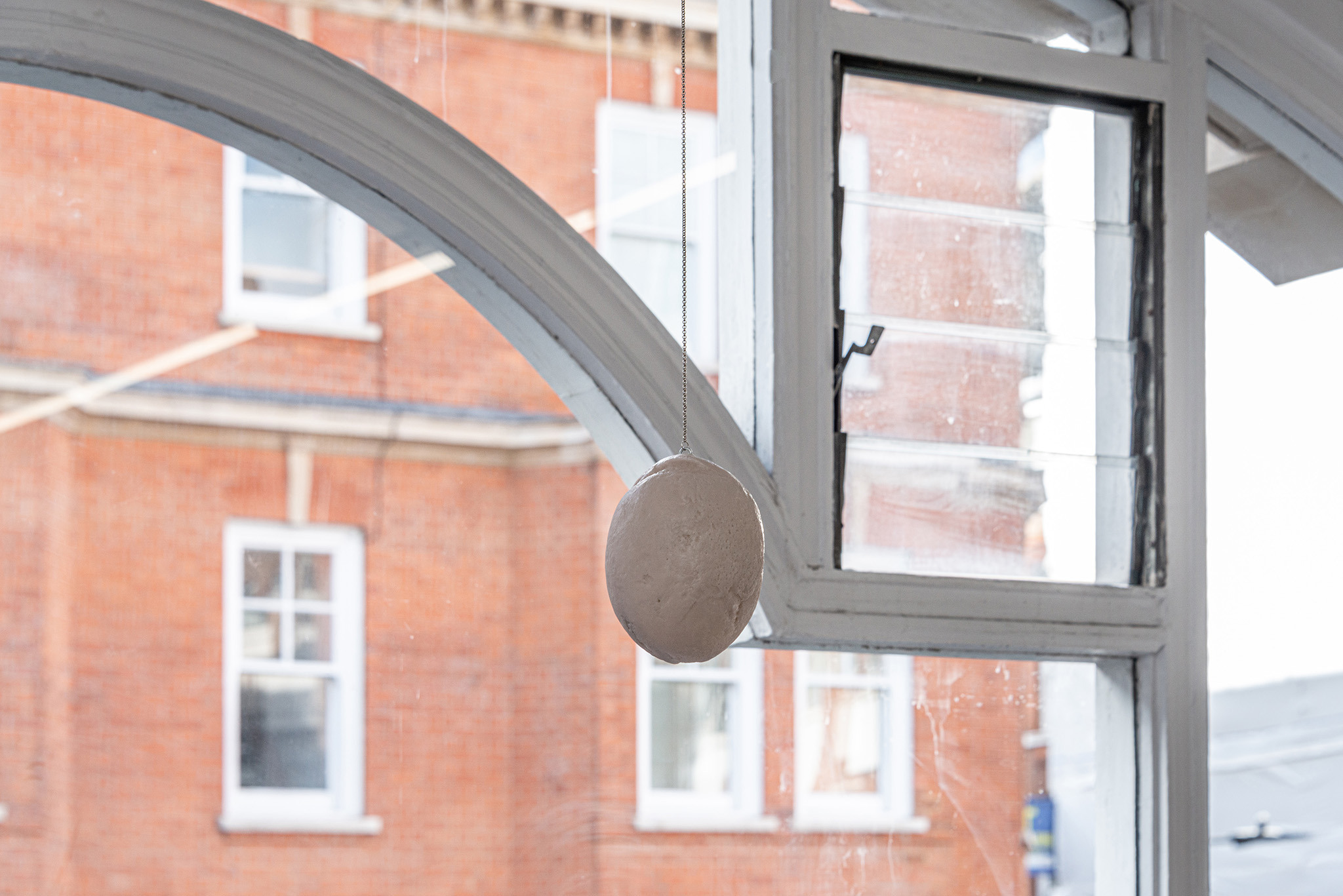
Thief_ from Stones and stars and spells_Francesco Pacelli at Des Bains London_ ph credits StudioAdamson

Thief_ from Stones and stars and spells_Francesco Pacelli at Des Bains London_ ph credits StudioAdamson
Text by Marta Orsola Sironi
Stones and Stars and Spells is a declaration of intent. It’s a triad or tricolon, a rhetorical device referring to the role of number three in various cultures as a symbol of power and divinity, as an access to the mystery of nature and soul. The exhibition acts as a charm, casting together stones, the real world, stars, the cosmos, and spells, the ineffability of magic and ideals. To overcome any separation between these three realms, Francesco Pacelli embraces the concepts of utopia and uchronia as metaphorical models to look at. Generally considered unattainable and from a different timeline, where crucial past events have unfolded differently from how they occurred, the ideas of a perfect world are powerful theoretical tools to open different scenarios. Inspired by socialist ideals, radical architecture of the 60s and 70s and examples of visionary projects such as the floating cities by William Katavolos, Pacelli’s enquiry reframes ideal models which historically failed to actualise.
As a material and spiritual way of elevating the soul, ancient alchemy and the search for gold-making constitutes another critical aspect of the work. In a state of constant transformation of matter, the artist considers high and low culture through different materials and chemical reactions, creating a plurality of social scenarios. Francesco Pacelli steals cues from physical reality to explore alternative worlds, embracing the power of connecting dimensions.
Francesco Pacelli’s research mainly focuses on sculpture, immersive installations, and drawings. He works within a variety of media, such as ceramics, synthetic materials, metals, graphite, and light, by exploring several techniques. In the artist’s works we can find various references inspired by science, spirituality, philosophy, history of architecture, and alchemy. He thus investigates the relationship between nature, artifice, and cosmic stories. The resulting imagery concurs in creating alternative organisms and environments, in a shifting balance between what is accepted as reality and a dimension of otherness. These unreal yet plausible scenarios, similar but not completely recognisable, live in a verisimilar realm. They are the sculptural expressions of Pacelli’s interest in creating a bridge between different worlds, giving physicality to concepts and ideals.
|
Text by Maria Valeria Biondo
Alchemy: The drive to transmute naturally existing matter into a man-made concoction. Alchemy remains to this day far more than a fantastic pipe dream of making gold: Alchemy is a creation of myth, and therefore intimately related to artistic practice. The process of chrysopoeia, the transmutation of base metals, the search for and creation of the panaceas, including an elixir of immortality, and the perfection of human soul and body.
The aim of alchemy was to purify, mature and perfect objects. The art of alchemy transformed visual culture from antiquity to the Industrial Age, and its legacy still permeates the world we make today.
Francesco Pacelli’s artworks are not objects or events but constitute universes of their own. They function neither as a representational nor as a simulation. But rather generate nonchronological-assembling-multilevel worlds, archipelagos/pockets were to speculate and construct knowledge. These codes of nature are also cultural signs. Distributed profusely in a specific yet non-linear aesthetic formula. Ejected from the normative of language into the one of a dream, - with the occasional withdrawal into something, somehow, mystical. Multiple-complex-level-systems, interchange from the alchemic into the mechanistic and the scientific. Space-time intuitions, in comprehensive yet irreducible scientific descriptions. And an art’s historical relationship with the real embraces this dream-like scenario.
Ossifications
The ways of worldmaking are many. Sometimes they involve reduction, sometimes pure construction.
“Even the waters, the grasses and varieties of wood, the animals are populated by salts or mineral elements. Not everything is metal, but metal is everywhere.” (Deleuze & Guattari, 2004)
The miner, the metalworker: the functionality of excavation is hallucinatory. It is an inspiring way of investigating the subterranean, the ground, the secret, the dynamic flux of sediments. In art and science, this flux of sensory information is not restrained to linguistic predicates. Its agency influences how we assemble such interactions and projections. The philosophers’ stone is meant to both express organicity and immateriality. Pacelli’s purpose in invoking the esoteric tradition is to support and validate his opposition to conventional systems of rational knowledge contrives based on both chemical and aesthetic research.
If utopian dreams have their origins in the social ills of their time, Pacelli’s utopias could be considered as broken ones. As a process that leads itself to never fully materialise, therefore by it being always incomplete. Envisaging cities and architecture, imaginary societies, and unfulfilled promises, these works embody the universal aspiration to both social perfection and inner elevation. Alluding to political and historical circumstances, these worlds impulse to imagine different human possibilities beyond an alienating reality.
References
1.Gilles Deleuze and Felix Guattari, A Thousand Plateaus (London: Continuum, 2004), 454.
2.Manuel DeLanda, Deleuze: History and Science (New York: Atropos, 2010), 86–87
|
Text by Dinos Chatzirafailidis
There is a sense of uncertainty that hovers over Francesco Pacelli’s newly developed body of work. Based on a set of ambiguities, the works create bizarre juxtapositions between familiar and unfamiliar to the mind of the spectator. The main series, titled Utopias, consists of a set of organic-shaped sculptures, reminiscent of cosmic artifacts or childlike observations. These alienating forms reveal a sense of urgency in their making. Uneven and irregular, yet polished and flowing, they possess the ability to turn the experience of the viewer into a tactile one. This is mostly achieved through the assembling of various elements and the preservation of the human trace on their surfaces.
The series takes shape from a Thomas More literary dream from the 16th century. As the artist sees it, utopia is both for a body and a model to aim. Through textual ambiguity, Pacelli expands the possibilities of reading, while questioning pre-existing patterns. The titles of these works are also quite perplexing. It is almost as if there is something ridde behind the overly descriptive subtitles within the parentheses. Titles such as Utopias (Joyous Black Hole), and Utopias (young non immortal thoughts), allude to an ascension to a mysterious, paradoxical world, one that could turn utopias into dystopias.
The Utopias series seems anthropomorphic to the extent where one might get the sensation of the works spying on them, casting their immaterial gaze upon the audience. This element immediately creates a tension between the human and nonhuman, and adds a sinister atmosphere of dissolution, while carrying some mortuary undertones. The lurked fear of the unknown takes a different, more unnerving turn in Utopias (wax wings and golden shadows) and Utopias (young non immortal thoughts), which act as dismembered parts of the human body that have been replicated and are now called to function as completed organisms.
One of the most crucial elements in Pacelli’s practice is his diverse selection of materials. Besides the more traditional sculptural options, Pacelli has also been involved with materials that are quite uncommon in the fine arts such as natural and synthetic resin, metal powders or several minerals coming from the soil. Drawing on the visceral and poetic power of these materials that were taken from different landscapes, the artist invites a free-form and spontaneous approach to art making, which has enabled him to create an intuitive body of work. The viewer is thus confronted with the vulnerability evoked by the materiality of these natural forms, worked out in a way where they realize their fragile nature.
Whether it is through the merging of conceptual elements and sources of inspiration from different spheres and fields, or through the continuous experimentation with new processes and materials, Pacelli provides a setting for a world filled with unrealized possibilities. Hidden by a strategy of perception that conceals itself in the act of negation, his work pursues unheard otherworldly narratives that transgress the border with the uncanny in the most unexpected ways.
Marta Orsola Sironi; Maria Valeria Biondo; Dinos Chatzirafailidis



